
You can keep track of your pregnancy care with the use of a pregnancy calendar. It is a great tool for you to find details about your baby’s growth and changes in your body and the preparations for your birth.
You can also choose whether you want to track your pregnancy per week; months, or trimester. Here, we will show you what a monthly pregnancy calendar can do for you.
Month one
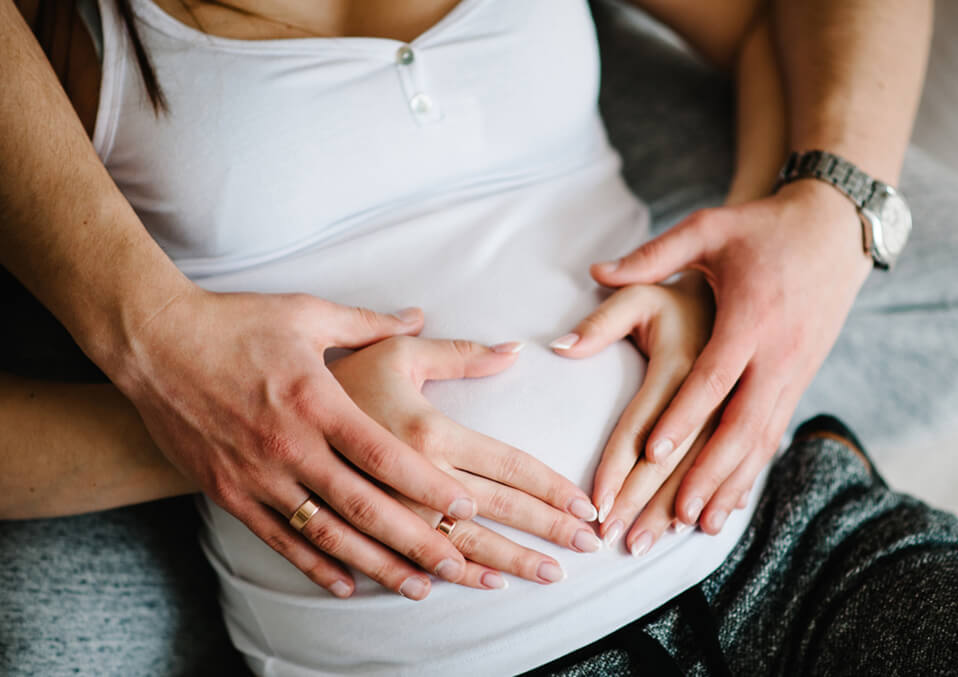
You may not have many symptoms at a time when you are one month pregnant. Some early signs of pregnancy are:
1. A missed period at one month of pregnancy
Perhaps this is the most telling sign of pregnancy if you have a regular menstrual cycle. First, when your term is late and then never happens, you might suspect you could be pregnant.
2. Changes in mood
When you are pregnant, your hormone levels increase dramatically, which can sometimes make you feel more emotional than usual. There are also many moods–from anxiety; overwhelmingness to the excitement, joy–that you experience when you discover that you are pregnant. Talk to your friends about your feelings and if you have any concerns, talk to your health care provider.
3. Bloating
Pregnancy hormones can increase and even cause bloating for a regular PMS symptom. It can help to relieve bloating by eating more fiber-riched foods and do regular exercises safe for pregnant women.
4. Cramps
In the early days and weeks of pregnancy; some mothers may feel about their uterus. Sometimes these feelings may feel like cramps; so you might think you will have time. When cramps are painful or disturbing you, ask your doctor to recommend some appropriate pain relief options for you.
The fertilized egg passes through the fallopian tube into the uterus following conception and is implanted into the uterine lining. The egg splits into a bunch of cells; some of them becoming the embryo; some becoming the placenta; which will feed your baby during your pregnancy.
Between the fetus and placenta, the umbilical cord also forms and provides nutrients and removes waste. Next month is the time for your child to grow fast as internal organs, bones, and small limbs start to form.
Month two
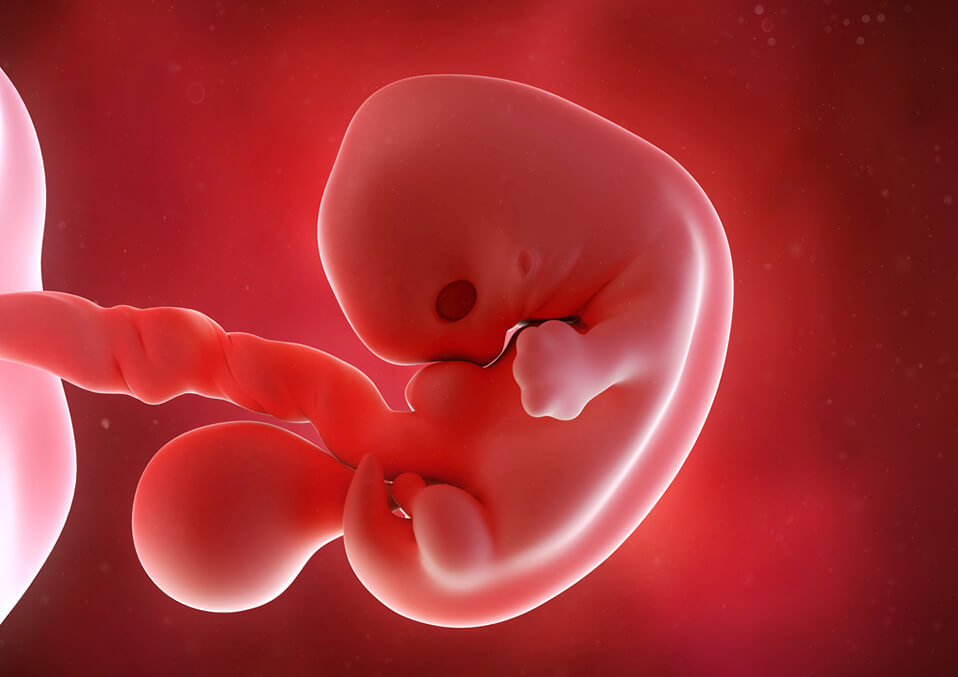
Your young one starts to develop a small nose, mouth, and ears this month. Eyelids have developed, and until the second quarter, the latter will remain shut. This month also takes place some significant organ development. Your baby’s lungs are now connected to the throat with respiratory tubes. Like the lungs, the heart still has a lot to do, but it is about 105 beats per minute.
The amniotic sac has now been developed with amniotic fluid. Its essential task is to house and protect your child from birth.
When your baby’s tone is two months pregnant, it may take just more than half an inch to the crown, about the size of a raspberry. Not everything! Another exciting milestone will take place at the end of week eight or about the end of your 2nd month: your small one becomes a fetus, medically speaking.
Month three
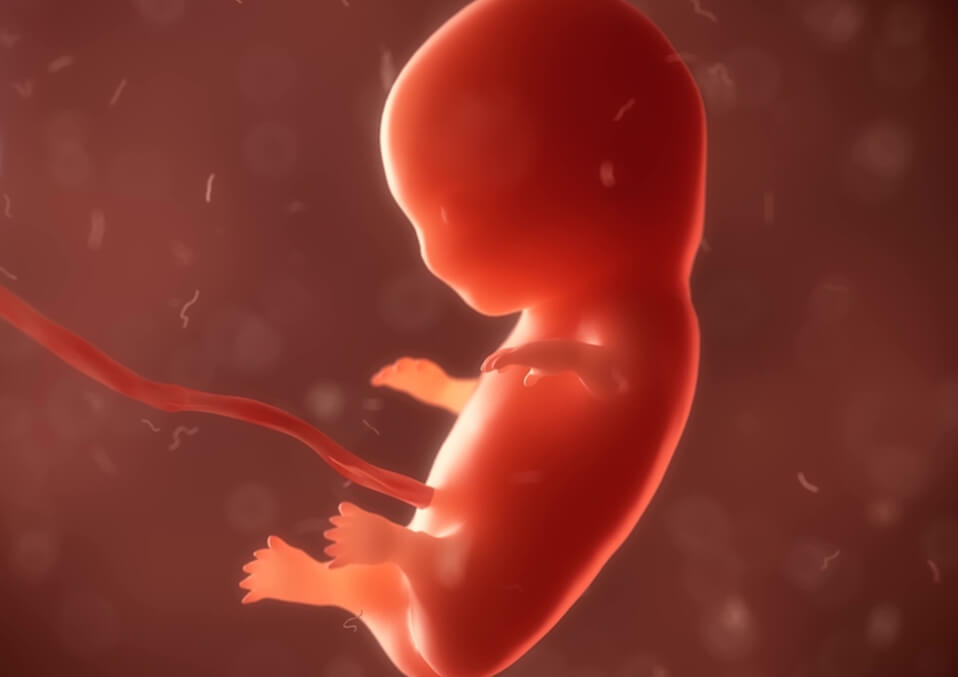
The average fetus may measure two centimeters from crown to a rump by the end of three months. The intestines and musculature systems of your little one take shape internally. Individual bones may get hardened, but the backbone is soft.
On the outside, the hands and the feet of your child grow small fingers and toes, which can even start pregnant at three months. At some point this month, your kid will begin to develop external genitals, and it will not be long before you know if you have a girl or kid.
Month four
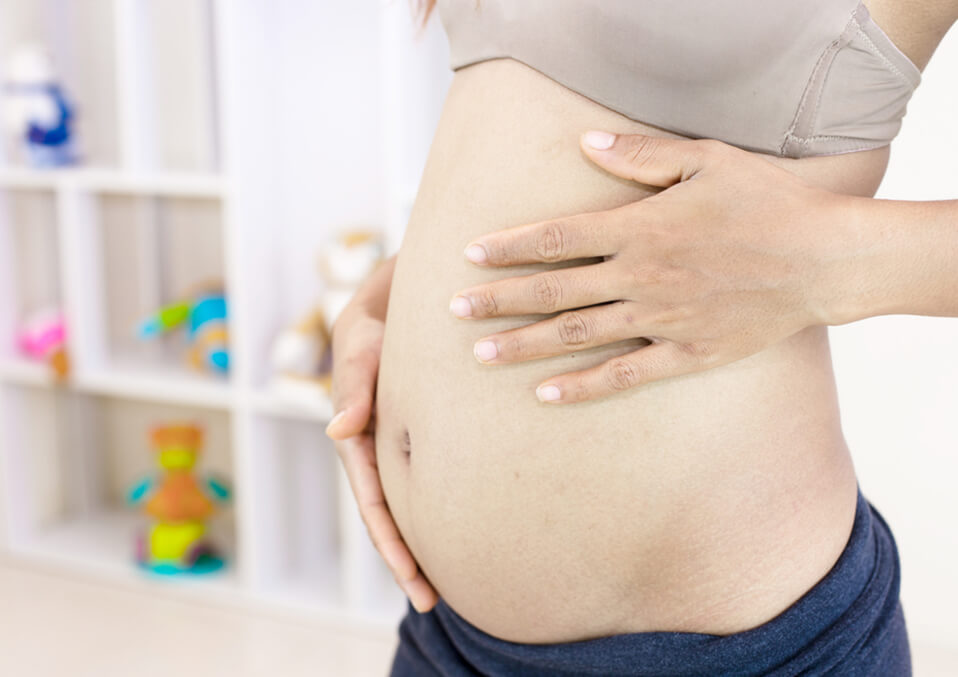
Your little person may measure up to five pounds long, rump to the top, and by the end of this month may weigh nearly five ounces. Even though your baby is still quite small, it already has facial characteristics and also works on certain motions, such as the flexing of arms and legs and the tying of your hands. When you are pregnant for four months, your baby still has plenty of room in the amniotic sac, so that your young one will probably get the most out.
Your child is also starting to produce estrogen and testosterone at this point in your pregnancy, and genitals may be visible through an ultrasound examination this month or sometime soon. Now your child can swallow amniotic fluid, meaning that the kidneys start to make urine.
Month five
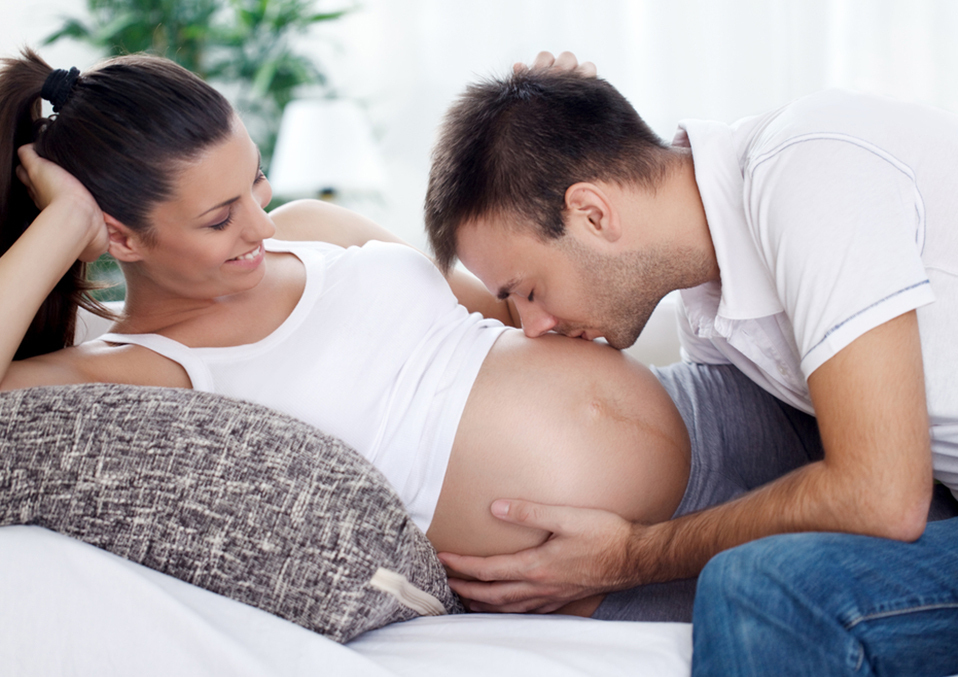
Your baby might be a bit more productive this month, with the kicks and flips eventually becoming self-evident. Your baby starts sleeping and waking up periodically and may be nudged up even by noises from the outside, so do not be startled if you feel a response after a loud racket.
This month, your small skin starts producing vernix and lanugo. Vernix has a graceful, slick cover that protects the skin in her body while she is born in an amniotic sac. Lanugo is soft and delicate, helping the vernix on the surface to hold it in place. Most of this lanugo will go missing before birth, but some infants are born on different parts of their bodies with small patches.
By this month’s end, your young person may turn out to be a thumb sucker, as the sucking mirror begins to start preparing once born. Your baby has a comparable mass to a bell pepper or a banana when you are in your fifth-month pregnancy.
Month six
Eyelids for your baby are still shut, but the little eyeballs move behind their clothes. If he doesn’t rest, this is because your baby can now acknowledge noises or your voice by responding.
By this month, the lungs of your child fully form. There is, of course, still a way to go before they are ready for the outside world to function. Your child’s sucking reflex has as well developed.
In addition to vital organs and physiological operations, your kid’s fingerprints and toe prints develop, which is very valuable when you are about six months pregnant.
When you are six months pregnant, you may wonder about the size of your baby. Well, it could weigh between 1 and 2 pounds from crown to rump and measure between 8 and 9 inches.
Month seven
Your baby, when you are seven months pregnant, accomplishes to mature organs and systems that sustain it to survive outside of the womb. The lungs, for instance, are beginning to produce a surfactant, which can expand and contract her lungs competently.
Other great news, now your young man can open and close her eyes! You may want to see those little peepers, and it’s not going to be long now! In the meantime, your baby may sense differences in light and dark and may reply by moving or kicking to bright lights.
She is also fattening up, and this additional fat helps her skin wrinkles to smooth out. Skin cells are now beginning to produce melanin; a pigment of the nature that contributes to the color of the skin.
Month eight
Your child is quick to get weight and fat when you are eight months pregnant and closer to his birth weight. In the last few weeks, the subtle hair called lanugo, which had covered his small body begins to disappear. The hair on his head may be increasing now. That’s one more element to look onward to: see if there’s a crop of hair up the day your baby gets born!
The brain of your baby continues to develop under this hair, to the point where it can control its body temperature more effectively now— a function which it needs when outside its womb. Although individual bones have started to harden, his skull is still soft to let it get through the birth canal more efficiently at the appropriate time.
This month, also, maybe your baby is a bit more active. You might feel some distinctive motion when you are eight months pregnant, ranging from hiccups to stretches and kicks.
Your doctor might have suggested that every day, you count the movements of your child. One way is to see how long ten different actions take to feel. Once you have eaten, your baby might be more active, so often, this is an excellent time to sit still and count his movements.
Month nine
Your pregnancy is coming to an end, and the great day is drawing near. Keep in mind that your young baby is technically not regarded complete and birth-ready until Week 39 — only about 1 out of 20 ladies have delivery precisely on their scheduled date.
Some of the regular indications of pregnancy you might encounter when you are nine months pregnant:
- Frequent urination
This indication may be getting a little old right now; but as your baby grows and falls into your pelvis in anticipation for birth, she keeps pushing your bladder as well. During the day and at night; you will probably make other bathroom trips. You might want to wear a sweat liner if you find that you are running out of urine when you laugh or sneeze.
- Puffed legs
It may seem that every part of you; including the legs and feet, is now more stout. Extra fluid retention and hormones are the main culprits in most cases. And with the increase of the uterus, absolute venous pressure is put on the upper half of the body, which can reduce or diminish the flow of blood. Put up your feet whenever possible to get some relief and keep them from standing for a long time.
- Tingling or weakness in your hands and fingers
It might be a carpal tunnel syndrome if you feel an addictive or tingling in your hands or wrists. The carpal tunnel in your wrist’s palm side is a system of bones and nerves. Elevated fluid retention during pregnancy can put supplementary stress on the bones and nerves, causing you to feel tingling or numbness. This discomfort usually subsides after you are born, but chat with your doctor if you want a relief earlier.
- The pressure of the pelvis
Your kid is ready for her day of birth as well as you. She dropped into your pelvis one of the things she does. The downside is that your pelvis, bladder, and hips are likely to be more under pressure. The upside is that you can breathe a bit easier, as she will probably pressure your lungs and diaphragm lower as she drops.
The lungs of your baby grow until birth when they get ready for their very first breath and cry. Soon, how much noise she can make you will be amazed! She also continues to pack a little bit more every week until she’s born–up to half a pound.
Somewhere this month, if they haven’t already, most babies move into a head-down position. The presentation is known as a vertex. It is known as the breech position if your kid is first placed on her buttocks or feet. If your baby is near the due date, your doctors may try to make her head down manually; if your provider thinks this is the safe option for you and your baby; sometimes a cesarean birth could be offered.
It is also possible that more than once before her birth, your little gymnastic may change places on her own. Your provider will keep an eye on your weekly inspections of their positions.
Final words
At this point, you could feel big, tired, and impatient, and rightly so!
Your doctor may recommend a GBS (group B streptococci) screening in this pregnancy stage which are bacteria that can lead to urinary tract infection in future moms and can, on rare occasions, be passed to the baby while moving through the birth channel during delivery.
You may have an antibiotic during your workout to help you prevent bacteria from giving to your baby if your test is positive.
Braxton hicks, which are contractions to practice and the real thing, can be a sign of labor at nine months pregnancy, so it should be remembered that there is a difference between the contractions in Braxton hicks.
Read also:
- Know More About Pregnancy Trackers
- Pregnancy Calendar a Complete Guide for Parents
- The Ovulation And Vaginal Discharge During Pregnancy


